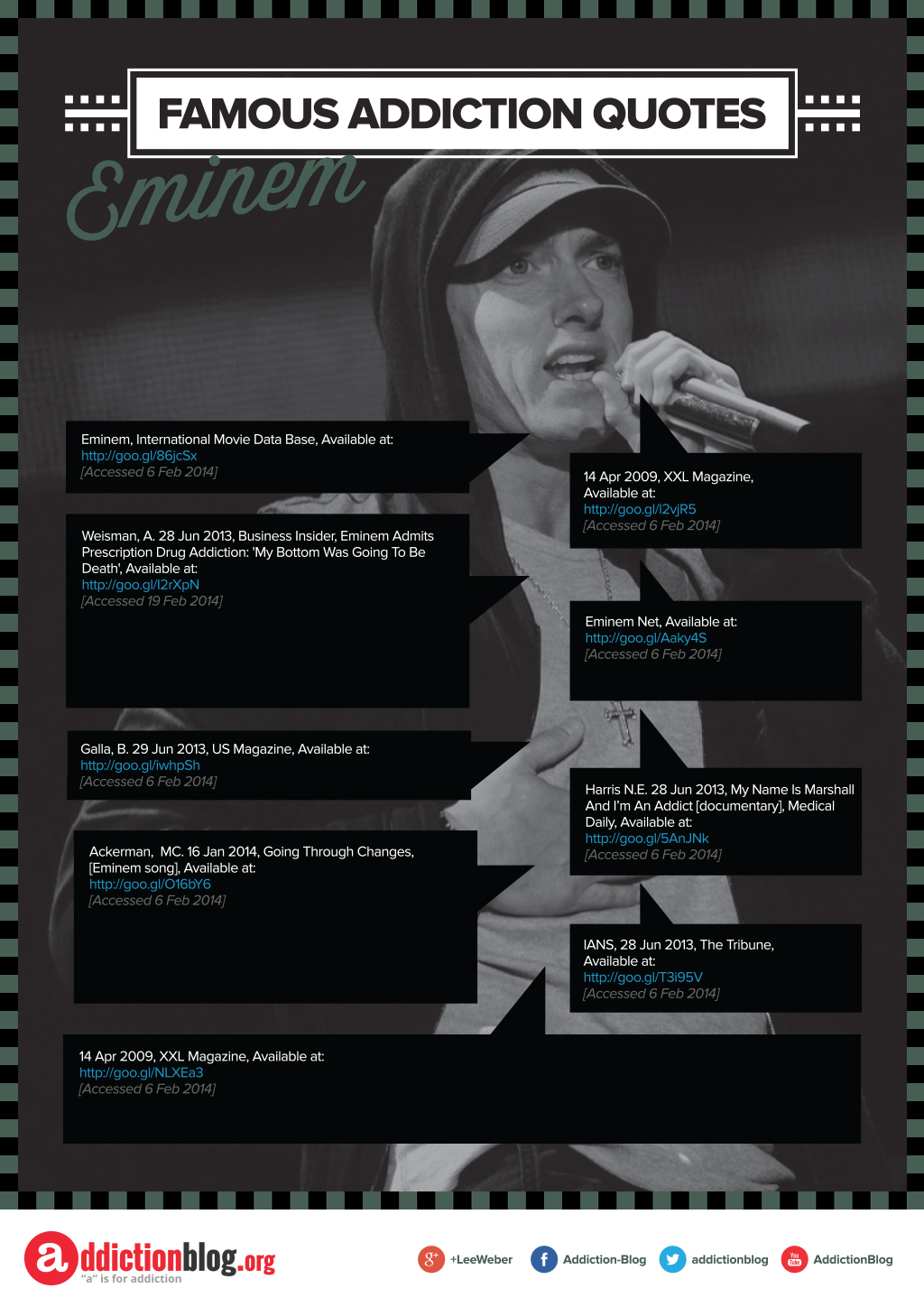You have actually finished Drug rehab and taken a considerable step in the direction of a healthier way of life. Now, dealing with triggers and desires post-rehab can be a challenging trip. Just how do you navigate via these moments without endangering your progress? Understanding the approaches to handle triggers and yearnings is crucial in maintaining your soberness. Allow's discover efficient means to take care of these challenges and secure your newfound commitment to living a drug-free life.
Recognizing Triggers and Cravings
To efficiently manage your triggers and desires, begin by identifying the scenarios or feelings that bring about your need to utilize. Take a minute to assess what circumstances or feelings trigger your cravings. Is it anxiety, monotony, social circumstances, or specific areas? By identifying these triggers, you can much better prepare yourself to deal with them.
Triggers can be both internal, such as negative feelings or physical discomfort, and outside, like being around individuals that utilize materials or checking out a specific area.
Take note of patterns in your cravings-- are they much more frequent at certain times of the day or in feedback to details occasions?
Structure Healthy Coping Approaches
Recognizing your triggers and cravings is the very first step in the direction of building healthy and balanced coping approaches to handle them efficiently. As soon as you understand what situations, emotions, or people trigger your desires, you can begin developing a strategy to resolve them.
One efficient method is to replace negative habits with positive ones. For instance, if stress and anxiety activates food cravings, practicing relaxation techniques such as deep breathing or meditation can aid. Participating in exercises such as exercise or going for a stroll can also be a great means to manage yearnings.
Another essential element of building healthy coping approaches is to develop a helpful environment. Surround on your own with individuals who understand your trip and can supply support and accountability. It's important to develop borders with people that may not sustain your healing.
Furthermore, creating a regimen that consists of healthy and balanced practices like routine workout, proper nourishment, and sufficient sleep can assist you stay on track and lower the chance of experiencing triggers and desires.
Seeking Assistance and Liability
Creating a network of supportive individuals who can provide support and hold you liable is important in managing triggers and desires properly. Look for good friends, member of the family, or a support system who comprehend your journey and can use support when you face difficult circumstances.
Having someone to talk with throughout minutes of temptation can make a significant distinction in staying on track with your healing. take a look at the site here can assist you stay focused on your goals and advise you of the reasons that you chose to look for help in the first place.
https://squareblogs.net/jerald68arthur/get-useful-methods-and-understanding-advice-on-how-to-come-with-a-liked-one can additionally aid in producing a structured strategy to deal with triggers and desires, such as establishing alternate tasks or dealing systems to replace need to utilize medications. Normal check-ins with your support system can give reassurance and inspiration, helping you really feel much less isolated in your recuperation journey.
Conclusion
Bear in mind, recognizing and coping with triggers and yearnings after Drug rehab is an essential component of keeping sobriety.
By identifying your triggers, building healthy coping strategies, and looking for assistance from liked ones or support groups, you can browse through tough moments and remain focused on your sobriety goals.
Keep in mind, you aren't alone in this journey, and with the right tools and support, you can get rid of temptations and live a meeting, drug-free life.
Keep strong and keep moving forward.
